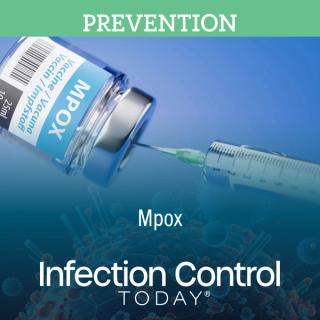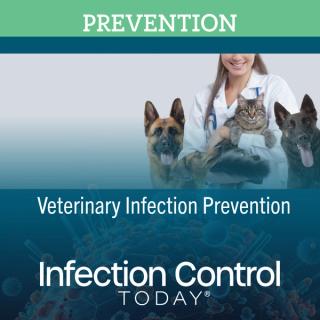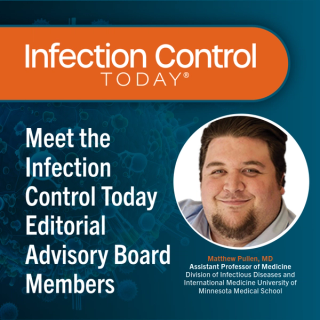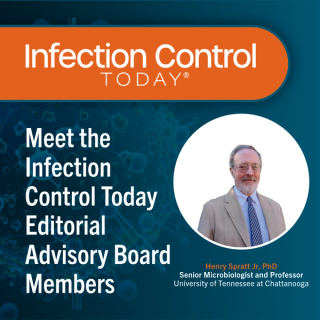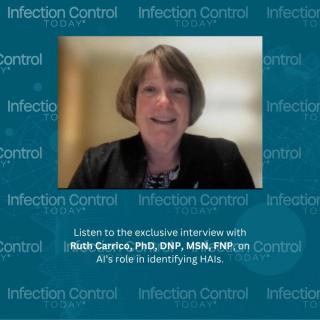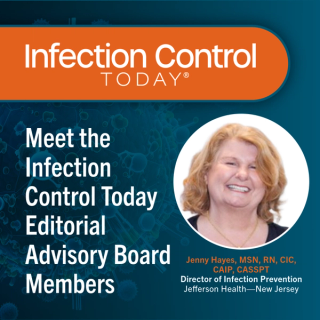
HAIs
Latest News

Latest Videos

More News

At AORN 2025, Dr. Michael Sinnott called for a unified safety culture—one that protects both patients and staff through shared responsibility, accountability, and systemic change.
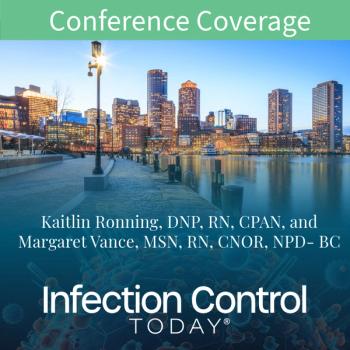
Pennsylvania Hospital cut complex spinal fusion surgical site infections by over 31% through a multidisciplinary initiative focused on evidence-based interventions and collaborative surgical care.
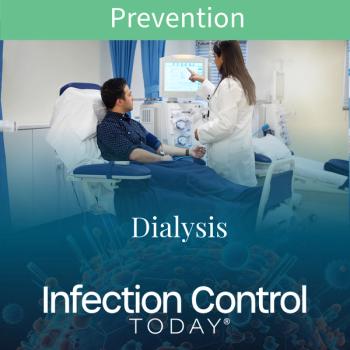
As surgical procedures shift increasingly to ambulatory care settings, preventing surgical site infections is more critical than ever to protect patients and reduce avoidable costs.

Patients undergoing dialysis are especially vulnerable to infection due to weakened immunity, invasive access procedures, and frequent hospitalizations, making stringent infection control essential.

As health care analytics surges toward a $129.7 billion valuation by 2028, predictive tools are transforming infection prevention by enabling faster, smarter, and more proactive interventions.

From April 5 to 8, 2025, thousands of perioperative nurses will gather in Boston for the 2025 AORN Global Surgical Conference & Expo—a transformational experience designed to elevate nursing practice, build lifelong connections, and advance surgical care.

Veterinary IPs highlight critical gaps in cleaning protocols, training, and biosecurity, stressing the urgent need for standardized, animal-specific infection prevention practices across diverse care settings.
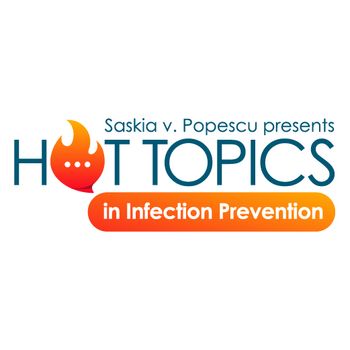
This week's Infection Control Today's Hot Topics in IPC discusses US health leadership, H5N1, and more.

Meet the experts shaping infection prevention: Infection Control Today's Editorial Advisory Board members share insights, experiences, and cutting-edge strategies to enhance health care safety and quality. Meet Marjorie Wall, EDBA, CRCST, CIS, CHL, CSSBB.
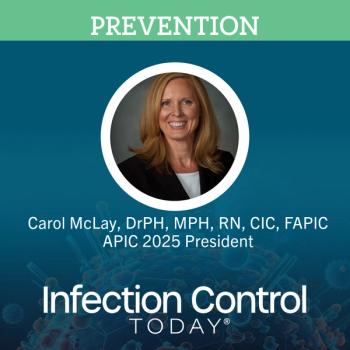
With health care systems under strain and infection preventionists being laid off nationwide, a little-known federal agency stands as a last line of defense against preventable patient harm. Yet the Agency for Healthcare Research and Quality (AHRQ) is now facing devastating cuts—threatening decades of progress in patient safety.

From expert speakers to cutting-edge tools, sterile processing conferences, like the 2025 HSPA Annual Conference and the SoCal SPA's Spring Conference, offer unmatched opportunities to grow your skills, expand your network, and strengthen your department's infection prevention game.

AAMI TIR17:2024 provides updated, evidence-based guidance on material compatibility with sterilization modalities. It offers essential insights for medical device design and ensures safety without compromising functionality.

Take 5 minutes to catch up on Infection Control Today’s highlights for the week ending March 23, 2025.

A Candida auris outbreak in a burn intensive care unit (BICU) in Illinois has highlighted the persistent challenges of infection control in high-risk health care settings. Despite rigorous containment efforts, this multidrug-resistant fungal pathogen continued to spread, underscoring the need for enhanced prevention strategies, environmental monitoring, and genomic surveillance.
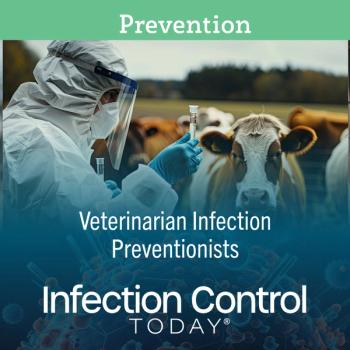
Danielle Banks, a UK-based veterinary nurse, discusses the growing importance of infection prevention in animal care, tackling antimicrobial resistance, hand hygiene, and adapting human health care protocols.
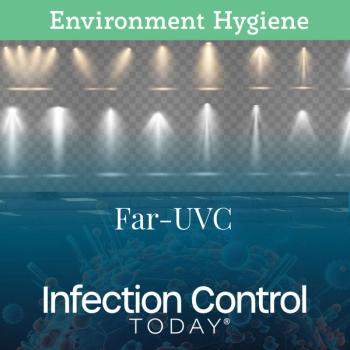
Health care-associated infections pose a global threat. In the op-ed, experts advocate for Far-UVC light as a safe, effective tool to reduce airborne pathogens, enhancing infection control in hospitals and public spaces.

Ultrasonic cleaners enhance sterile processing by removing microscopic bioburden, ensuring safer medical instruments, reducing infection risks, and improving efficiency compared to manual cleaning alone.

David Angulo, MD, infectious disease expert, discusses the alarming rise of drug-resistant fungal infections, the lack of treatment options, and the urgent need for new antifungal therapies.

The growing H5N1 avian flu outbreak threatens public health and food security. Without urgent action, mutations could spark human-to-human transmission, creating the next global pandemic.

Reusable health care textiles enhance infection prevention, reduce waste, and strengthen supply chains. Hygienically clean textiles offer a sustainable, cost-effective alternative to disposable PPE, ensuring patient safety and environmental responsibility.

HHS’s move to eliminate public input on health policies threatens patient safety and infection prevention. APIC demands transparency, accountability, and urgent action to protect public health.

Reusable PPE offers a cost-effective, sustainable solution for health care, reducing waste and improving supply chain resilience. Overcoming adoption barriers requires education, policy support, and industry-wide collaboration.

Norovirus, flu, and measles cases are surging, along with rising fears about avian flu, which are raising public health concerns. Valerie Cadet, PhD, shares expert advice on prevention, immunity, and debunking viral misinformation. Stay protected.

Silent threats lurk within—heart infections can stem from unnoticed bacteria, viruses, or fungi. Infection preventionists hold the power to stop these hidden killers before they strike.

Truth is not always obvious. Using triangulation, we can fact-check news, research, and social media, ensuring we make informed choices based on credible, multiple sources.





